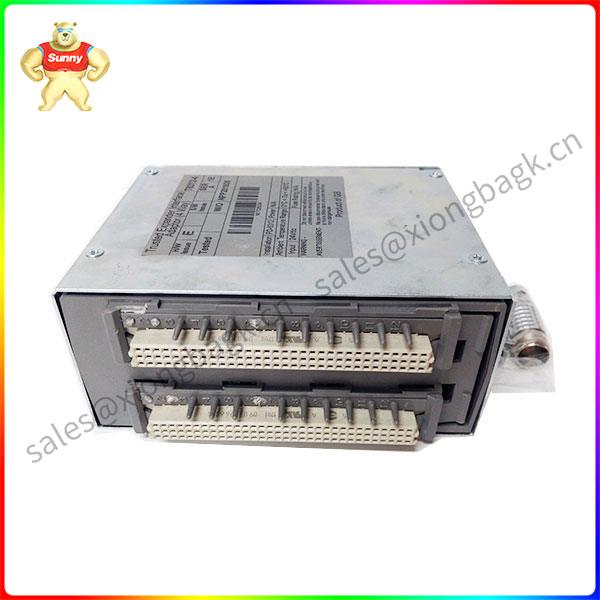“Reducer, servo motor, controller” is known as the humanoid robot (often referred to as “humanoid robot” in academia, the English name “Humanoid robot”) hardware part of the three core units, accounting for about half of the entire cost of the robot, especially as the humanoid robot power source servo motor module, China and the international level is far from.
According to MIR statistics, foreign brands occupy 65% of the servo motor competition in China, and domestic brands are only 35%. From the perspective of product form, high-end servo motors are almost all monopolized by international brands. With “Mitsubishi, Yaskawa, Fanuko, Siemens” as the first echelon of servo motor enterprises formed a technical blockade of Chinese enterprises, seriously limiting the development of China’s biped humanoid robot industry.

Dream-chasing humanoid robots began as early as the 1970s
The bipedal humanoid robot that can walk originated in Japan, and was developed by Professor Ichiro Kato of Waseda University in Japan in 1972. The first product was code-named WABOT-1 robot prototype, which has an anthropomorphic shape, equipped with mechanical hands and feet, visual hearing and limb control system, although it takes 45 seconds to walk one step. But the technology was already shaking up science at the time. It was also an early prototype of humanoid robots.
In the 1980s, with the development of industrialization, Japan’s economy rose rapidly after the war and became one of the most powerful economies in the world. Companies represented by Honda successively launched different series of humanoid robot products. After 20 years of development, Honda mastered the core technology of humanoid robot and launched P2 humanoid robot in 1996. It was the first humanoid robot to achieve multi-sensor fusion without external cables, and launched a new generation of ASIMO robots in 2005, which can realize complex actions such as running, jumping on one foot, going up and down stairs and playing football, and was recognized as the most leading humanoid robot at that time.
Boston Dynamics, an American technology company, was founded in 1992 as a research group in the Department of Electrical Engineering and Computer Science at the Massachusetts Institute of Technology, developing robots and robotics software. Petman, the predecessor to Atlas, was unveiled in 2009 with only two legs. In 2013, Atlas, in its first human form, was able to walk on rubble. Although Boston Dynamics changed ownership three times in the following years, it did not affect the rapid growth of Atlas. So far, Atlas can do continuous jumping, tumbling, handstand and other positions, and master gymnastics skills, is currently recognized as the most athletic humanoid robot.
 中文版
中文版




